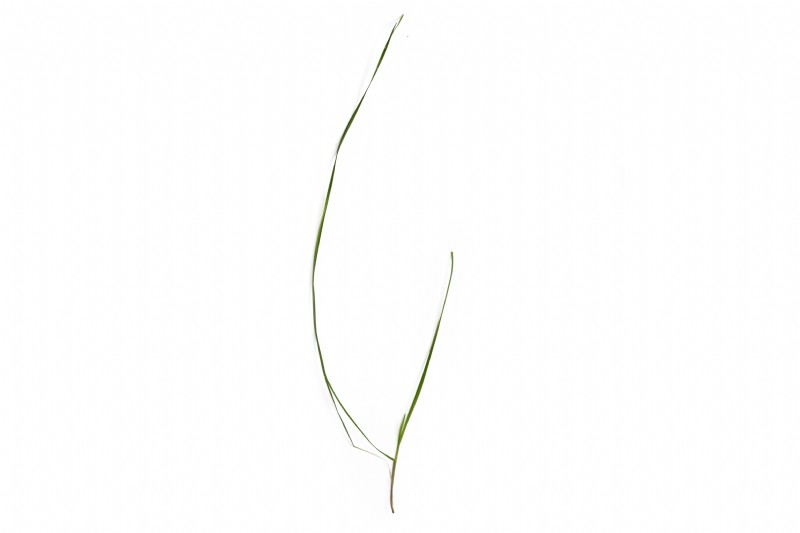Smooth Stalked Meadow Grass
Found throughout the UK in meadows and traditional pastures. It is said to be one of the greenest grasses found growing in the early spring, and is an indicator of land that is well drained and in good heart. The species itself is palatable, and nutritional to livestock, often called one of the traditional 'sweet grasses'.
Uses
Used for grazing and as a bottom grass component of a traditional sward.
Persistence
A long term persistent perennial species.
Strengths
This is one of the most nutritious meadow grasses, with early spring growth and persisting on thinner, dry land.
Frost Tolerance
Good frost tolerance.
Sowing Rate Advice
50kgs per acre / 125kgs per ha.
Not usually sown as a pure stand.
Mixture Sowing Rate Advice
2 - 4 kgs per acre
Provides a useful base to traditional grass mixtures
Ideal Sowing Time
Sow from May to June.
Management
Generally it can tolerate moderate to heavy grazing.
Distinguishing characteristics
Seed
The seed is a narrow ovate to oblong shape. It has a smooth texture and a beige colour. It is a small seed, varying from 2 - 3mm in length.
Flowering Plant
Rich and green in colour especially in early to mid spring.
The leaf blades are flat, hairless and approximately 3-4 mm wide, the leaf runs to a hooded, boat shaped tip.
The topmost leaf, next to the panicle is shorter than the leaf sheath. Each leaf sheath is usually smooth to touch unlike rough stalk meadow grass.
Each culm has a long upper sheath and the leaves have a tendency to spread from the base of the plant.
The ligule is short, cylindrical and smooth.
The panicle is pyramidal in shape, with a purple, greenish tinge from mid season onwards.
This species has a creeping rootstock with runners, unlike rough stalk meadow grass.
It varies in height from 10-90cm.
Additional Info
Flowers May - August. Average seeds per kg - 3,000,000. Known as Kentucky Bluegrass in the United States.
Works well with
Smooth stalk meadow grass can be combined with other reasonably non aggressive species, to create a traditional long term grass pasture, these species include dogstail, smaller catstail and red fescue. It may also be included in more productive traditional mixtures with robust species like Timothy and meadow fescue as a sward filling 'bottom grass'.Buy Smooth Stalked Meadow Grass Straight 
You can find Smooth Stalked Meadow Grass in the following mixtures
- Species Rich Parkland Grassland Low Maintenance
- Species Rich Parkland Grass Low Maintenance 20% ORGANIC
- Recreating Grassland
- Recreating Grassland 70% ORGANIC
- Buffer Strip Grass Margin (CAHL3, AHL3, CAHL4 & AHL4)
- Buffer Strip Grass Margin Mix 70% ORGANIC
- Cotswold Wild Flora
- Chalk & Limestone Soil Mixture
- Damp Meadow
- Orchard Mixture
- Pollen & Nectar Mix Grass & Legume Margin
- Pollen & Nectar Flower Mix Grass & Legume Margin 70% ORGANIC
- Solar Park Permanent Grassland - Low Maintenance
- Solar Park Permanent Grassland - Low Maintenance 70% Organic
- Equine Pasture Mix - Long Term No Ryegrass
- Equine Pasture Mix - Long Term No Ryegrass - 70% ORGANIC
- Standard Horse Pasture - Long Term Grazing & Hay
- Standard Horse Pasture - Long Term Grazing & Hay - 70% ORGANIC
- Beetle Bank & Tussocky Grass Margin (AHL3 & AHL4)
- Nectar Stewardship Mix (CIPM2/IPM2/AB8)
- Floristically Enhanced Field Margin (CIPM2/IPM2/AB8)
History
Often known as one of the 'sweet grasses' due to its high nutritive quality.






